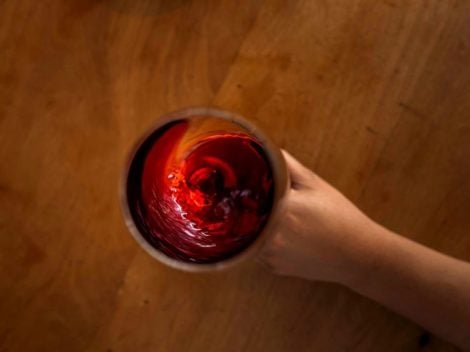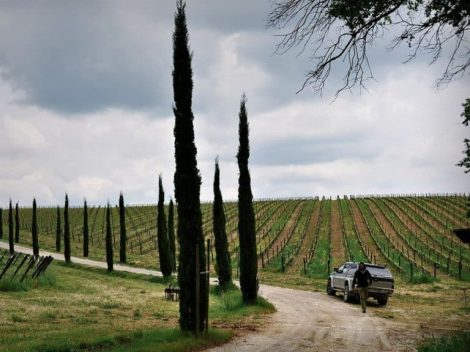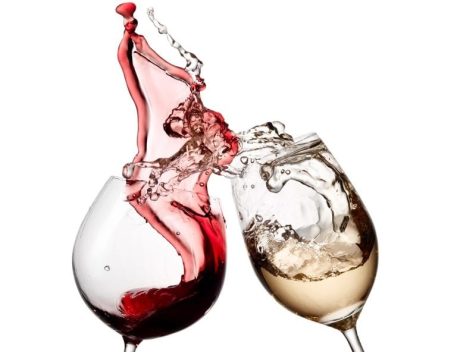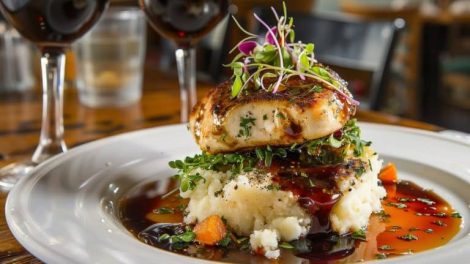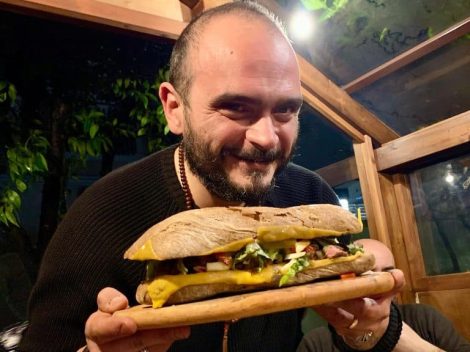Respect for tradition and the ongoing search for new projects are innate characteristics of the Frescobaldi family, passionate about wine since the 14th century. The estate extends throughout Tuscany, from Chianti Rufina to Chianti Classico, and on to Maremma, Val di Pesa, the Montalcino area and even the family’s social commitment to the Gorgona Island detention centre where inmates have had the opportunity to try winegrowing at a professional level supervised by the winery’s team.
Frescobaldi: Tuscan diversity
“Cultivating Toscana Diversity” is the motto of the Cellar of the Year for Vini d’Italia 2020. The history of the Frescobaldi family has ancient roots, and is closely linked to the history of Florence. Once merchants and bankers, the Frescobaldi family also include poets like Dino, a friend of Dante Alighieri, or musicians like Girolamo. Florence itself, without the Santa Trinita bridge or the basilica of Santo Spirito, would not be the same. But since 1308 there is a common thread that runs through the history of this family. Wine production. Today they are among the most important Italian wineries, with seven estates in Tuscany, which become ten with Luce, Ornellaia and Masseto, and finally a Friulian offshoot, the historic Attems estate in the Collio Goriziano. From 2013 at the helm of the maison is Lamberto, who represents the 30th generation.
What does the award mean in this Guide? The very high quality of the entire group proposal, a crazy solid integrity that demonstrates new energy and a stylistic maturity capable of bringing value to the specific terroirs of Tuscany. We now offer you a full immersion in the Group's estates, a journey proposed around the world, from Stockholm to London, from Paris to Monaco, through our tasting notes. Ornellaia 2016, a Tre Bicchieri possessing momentum for one of the most extraordinary versions ever, and Masseto 2016 stay put for the moment, but such fun.
Frescobaldi wines
Let's start from the light of Castello di Pomino, an area hidden among the initial forests blanketing the Florentine mountains, with vineyards that climb up to 700 meter altitude. Let's start with bubbles that surprised us, Leonia Pomino Brut 2015, a classic method that's difficult to frame in a regional context: very fine texture, very creamy, perfect pairing with reserve wines to give the complexity and light spices, citrus freshness of chardonnay, and slightly vinous pinot noir for a balance that truly works. Also finding elsewhere for that very pleasant touch of pastry. We remain in the historic estate with the Benefizio Riserva 2018, one of the Chardonnays that have made the history of national whites, proposed since 1973. Matured in new and first-pass barriques, precisely the extraction of oak has improved over time, more delicate, graceful. The vintage offers a white with anise, almond and white melon notes, the mouth is sweet, with toasted hints that take strength and fade up in the finish again fresh and still very young. The 700 meter-altitude is present in the lively acid vein and in the background energy: in 15 years this wine will still be standing and in great shape.
Gorgona 2018: an enchanting wine
We move and make a suggestive crossing to say the least in the remote island of Gorgona, about 30 aerial kilometers from the port of Livorno. A very small, wild, beautiful island. There is no public transportation connecting it to the mainland. The only structure is the Gorgona Penitentiary Institute, the only island penitentiary in Europe. In 2012, thanks to the collaboration with the institute, the Frescobaldi family developed a wine project that sees the inmates engaged directly in the production work, as part of a training course that will facilitate their reintegration into society. The vineyards are two hectares, planted in vermentino and ansonica, a white berried variety that we find on the Tuscan coast and in many small islands. Beyond history, beauty and commendable social commitment, the Gorgona 2018 is an enchanting wine. It's an unpredictable white in its aromas of spontaneous herbs, the hints of sage and basil, the intertwining of citrus sensations that recall summer. The mouth highlights a charge of incredible flavour, a very deep and tasty saline texture, a slight tannic friction that lends rhythm, the finish owns great momentum, for a wine that starts strong in the mouth, slows down and then rekindles, at large, in the very long finish. Very few bottles, of course, kept in a nice packaging with a suggestive ancient map of the island, full of coves and inlets, which thanks to the Frescobaldi family can be visited once a year.
Castello di Nipozzano
From Gorgona to another historic estate, the Castello di Nipozzano, which has dominated the vineyards since the year 1000, we are within the Chianti Rufina appellation in the province of Florence. The Nipozzano Vecchie Viti is a Riserva of Chianti Rufina that comes to life from the oldest vineyards of the Castle, and then matures 24 months in large oak barrels. 2016 is a version that doses well the male and generous character of the denomination, with tones of ripe dark fruits, spices, together with a delicious balsamic vein, for a rich, but also dynamic, dense and powerful sip, between sensations of pepper and licorice. From here we jump from the Chianti Rufina to the heart of the Chianti Classico, in Gaiole in Chianti. Tenuta Perano is located at 500 meters above sea level in a natural amphitheater, on steep rocky hills. The Chianti Classico Gran Selezione Rialzi 2015 is the product, as the term "rialzi" implies, of the raised parcels of the area, the cooler ones. In the glass we feel the essence of Chianti Classico, those aerial, delicate, fragrant perfumes, violet, red fruits, undergrowth. The mouth is light, creamy in the tannic texture, dry and continuous, with a crescendo in the finish, light, long and nuanced. A great drink today, and certainty for the future, too.
Castel Giocondo
Still in the Sangiovese area, in this case focusing on Sangiovese Grosso, moving to the Castel Giocondo, west of Montalcino, at about 300 meters above sea level. The Brunello Ripe al Convento di Castelgiocondo Riserva 2013 offers intense aromas of coffee, undergrowth, with an already evident but intriguing tertiary profile. It pits a little in freshness but has a very refined pace and tannic texture, with a slow rhythm and cadence up to the long finish. Another dive into history takes us to Montespertoli, in the Val di Pesa, 20 kilometers from Firenza on the Castiglioni estate, where the family's passion for viticulture was born already 700 years ago. International varieties such as merlot and sangiovese coexist here, merging into Giramonte 2016 which ages for 16 months in new barriques. Growing in concentration and density, in sensations of blueberry and cocoa, but also a dynamic mouth, refreshed by tones of juniper and mint, caressing tannins and a finish of juice and flavour.
Maremma
The closure of the tasting was surprising and full of character. We end in Maremma, in Magliano, in southern Tuscany. Tenuta Ammiraglia opened its doors in 2011, in the glass we have an Aurea Gran Rosé 2018. A new idea that brings together the typical Vermentino of the area, vinified partly in oak, and Syrah vinified in white and aged in barrique. The colour is very light, a rosé based on white, slight pinkish backlight. The aromas are peach, pepper and sage, the mouth is delicately toasted, creamy, very valuable in substance, which is then the detail that makes the difference in the rosé. Fine finish, with character.
words by Lorenzo Ruggeri

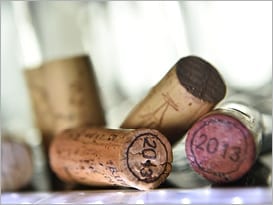
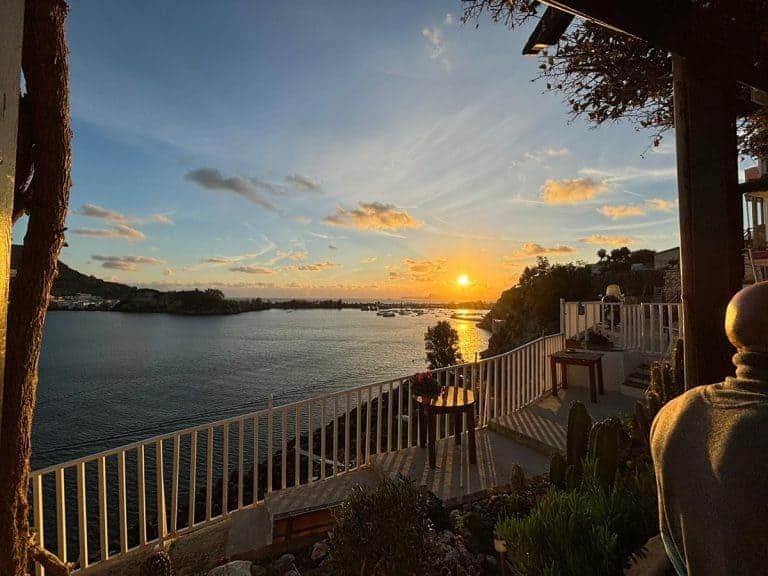 The hidden Trattoria in the Mountain of Bacoli that brings the sea to your plate
The hidden Trattoria in the Mountain of Bacoli that brings the sea to your plate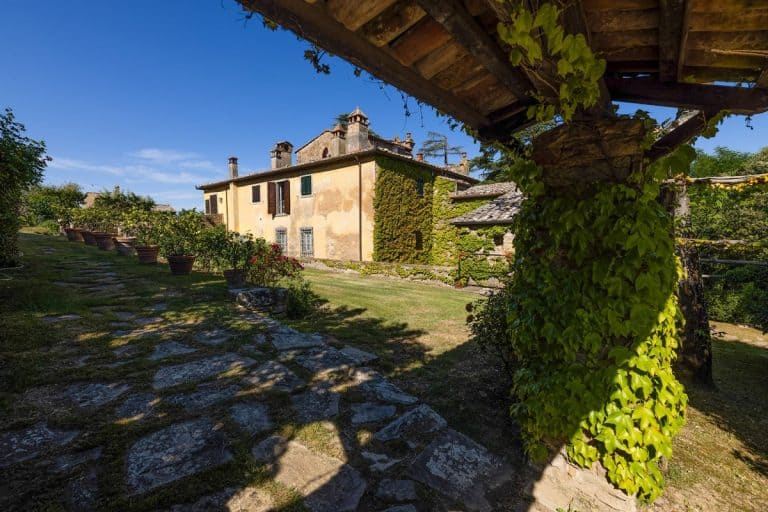 Here are the 11 Syrah labels that narrate the new era of Cortona winemakers
Here are the 11 Syrah labels that narrate the new era of Cortona winemakers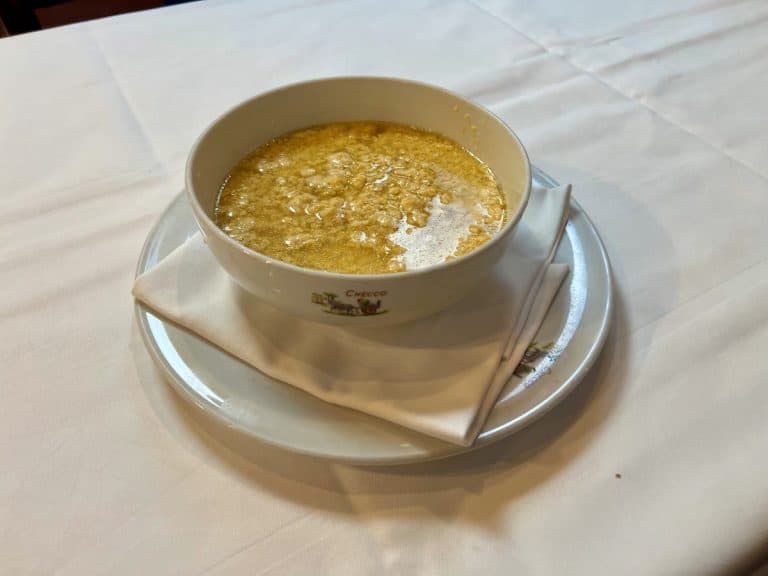 God Bless those who don’t forego Stracciatella on the evening of December 25th. Here’s the recipe from a renowned Roman trattoria
God Bless those who don’t forego Stracciatella on the evening of December 25th. Here’s the recipe from a renowned Roman trattoria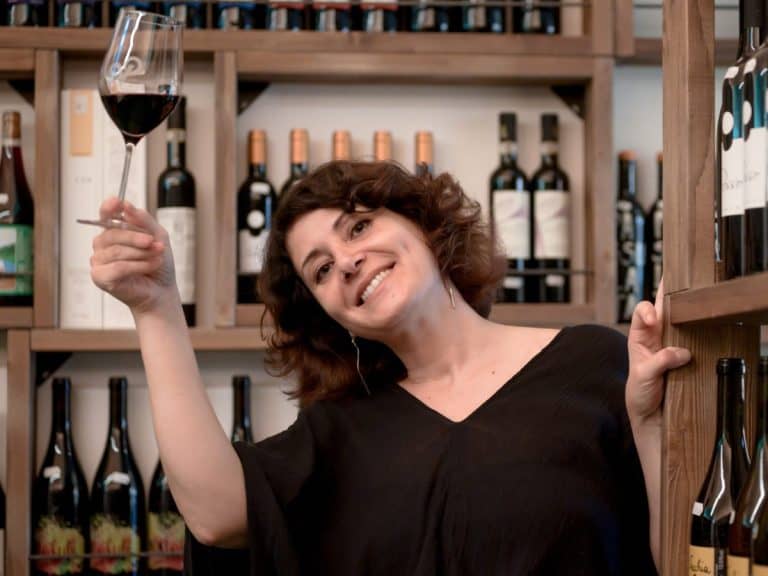 Hidden in an old district of Perugia lies one of Italy's cosiest wine bars
Hidden in an old district of Perugia lies one of Italy's cosiest wine bars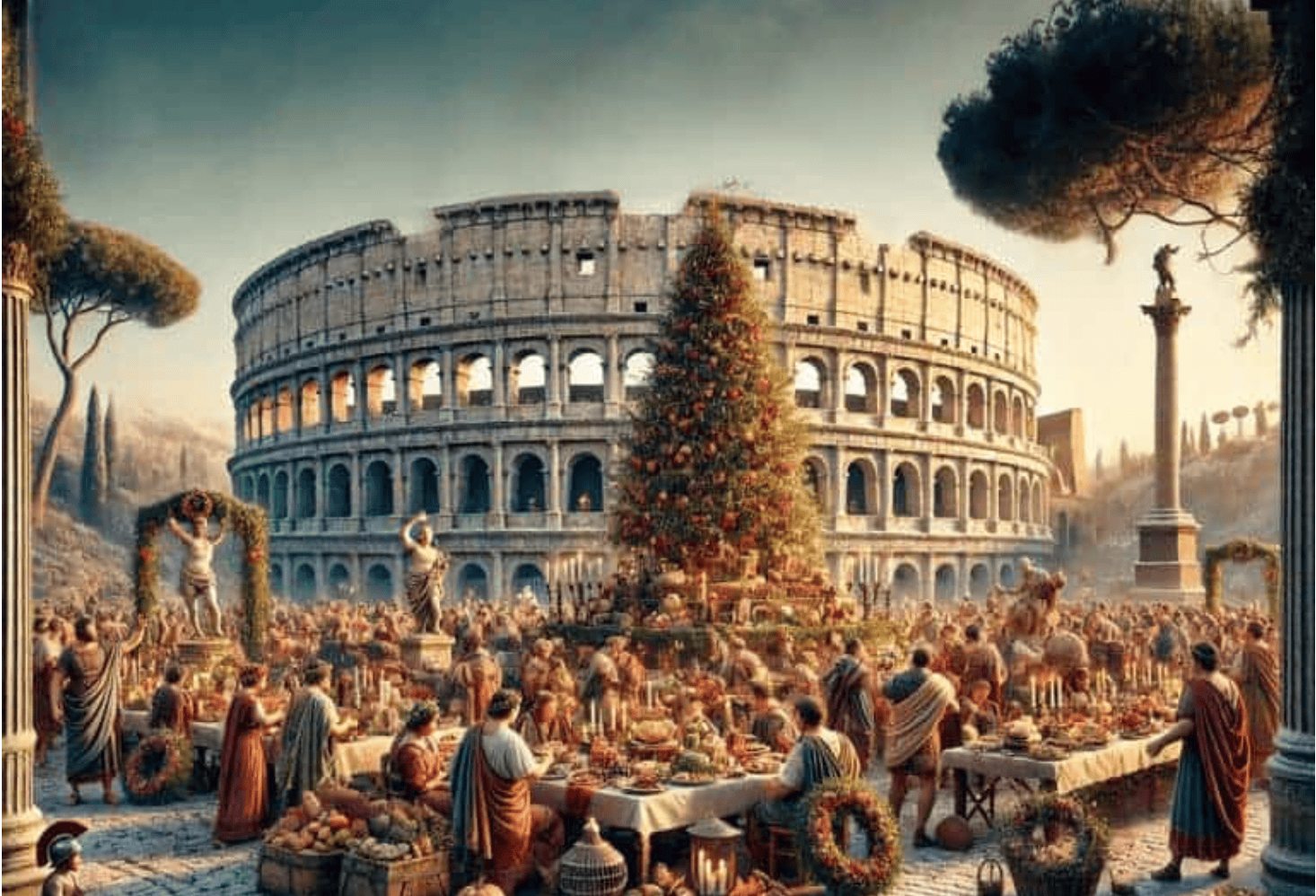 Christmas Eve dinner and Christmas Day lunch: festive traditions rooted in Solstice feasts
Christmas Eve dinner and Christmas Day lunch: festive traditions rooted in Solstice feasts
